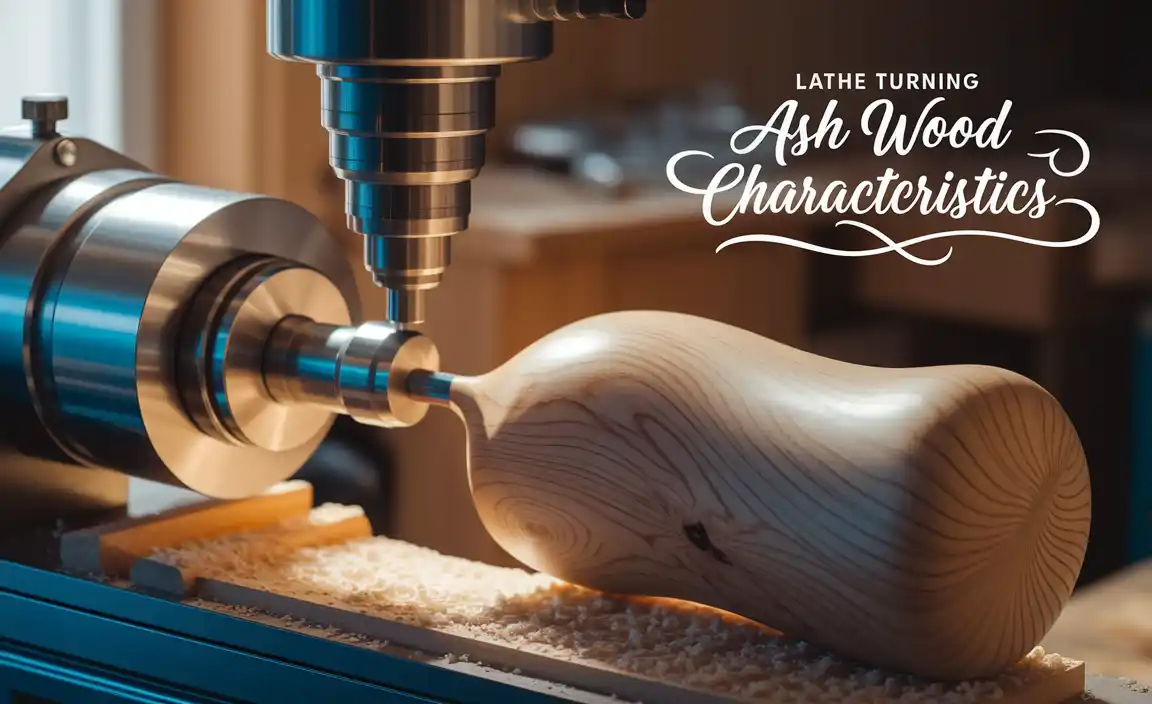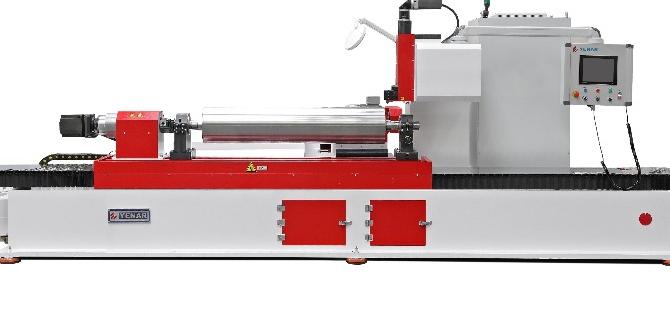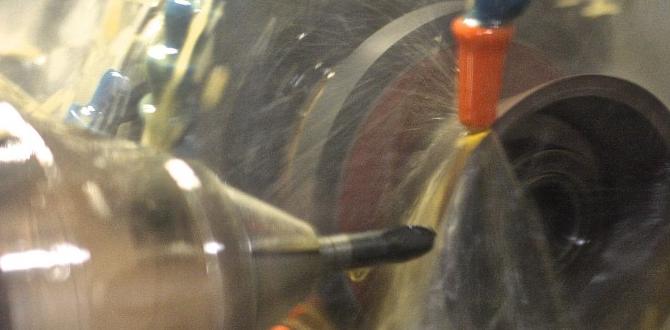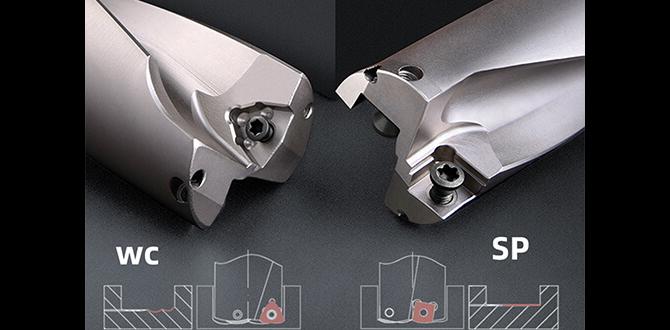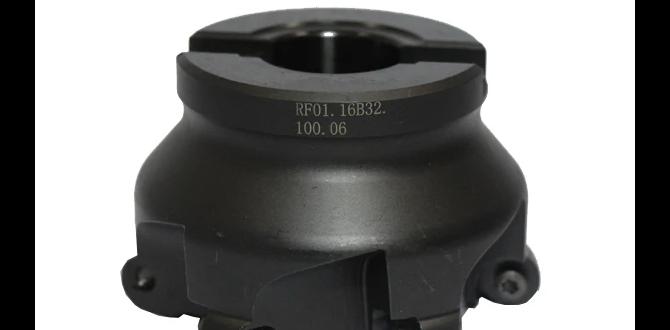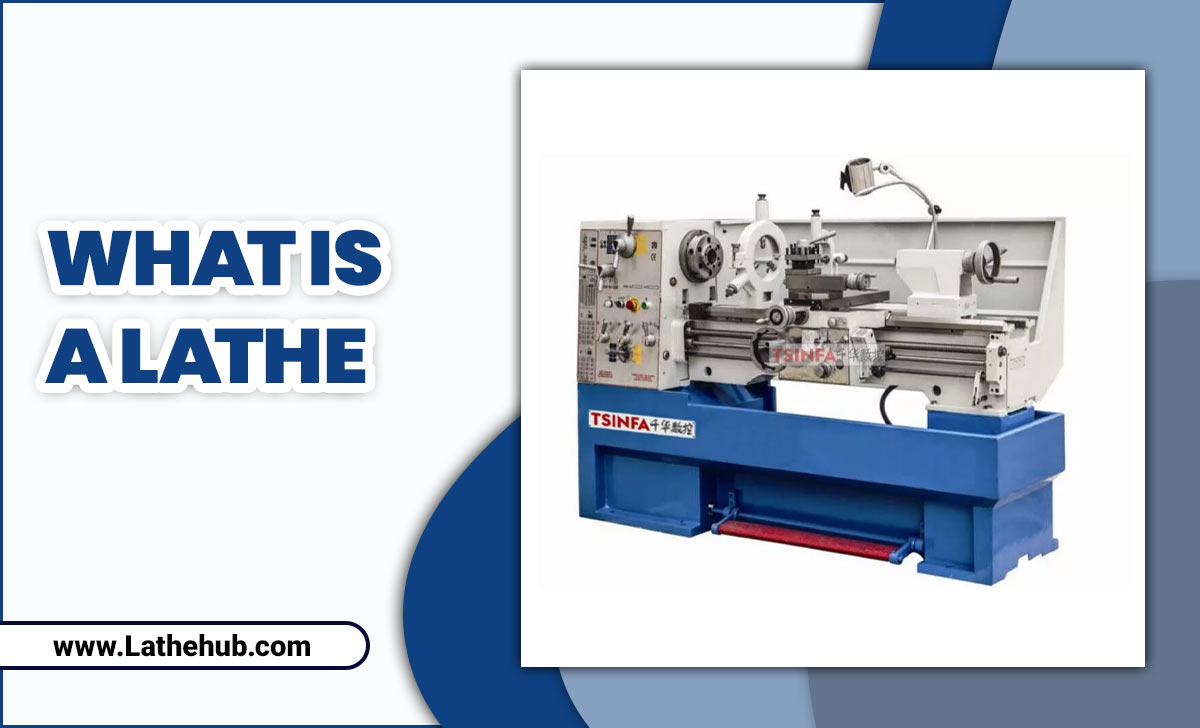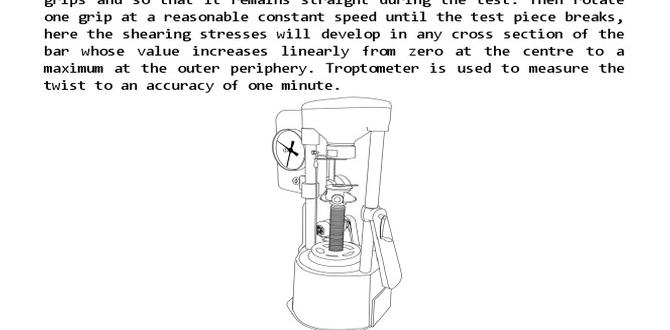Have you ever watched a metal lathe spin and wondered how it shapes metal? Metal lathe turning techniques are like magic in the hands of a skilled craftsman. With just a piece of metal, you can create tools, parts, and even art. It’s amazing how a simple machine can help us make so many useful things.
Imagine you want to build something special. A metal lathe can help you turn your ideas into reality. They can cut, shape, and finish metal with precision. But what if I told you that there are techniques that can make this process even better? Learning about the right techniques can elevate your projects to a new level.
In this article, we will explore various metal lathe turning techniques. You’ll discover tips and tricks that can help anyone, from beginners to experts. Join us on this journey and unlock the secrets of metal lathe turning!
Mastering Metal Lathe Turning Techniques For Precision Work

Metal Lathe Turning Techniques
Metal lathe turning is a fascinating skill that transforms raw metal into precise shapes. Understanding different techniques can boost your metalworking projects. For beginners, start with basic turning to grasp tool movement. Did you know that a simple adjustment can change the finish of your work? Advanced techniques involve threading and grooving, which add complexity and functionality. Mastering these skills can open the door to creating intricate and useful pieces. Ready to dive into the world of metal lathes?Essential Tools and Equipment for Metal Lathe Turning
Types of lathes: engine, turret, and CNC. Key accessories and attachments needed for lathe operations.Lathes come in three main types. The engine lathe is versatile and used for general work. A turret lathe is great for repetitive, high-speed tasks. CNC lathes are advanced, using computers to control cutting. Each type helps shape metal in unique ways. For effective metal lathe turning, some tools are essential.
- Chucks: Hold the piece tightly.
- Tool post: Holds different cutting tools.
- Faceplate: Useful for irregular shapes.
Why are key accessories important for lathe operations?
These accessories improve precision and safety. They ensure smooth operation and help with complex designs. For example, a steady rest supports long workpieces, preventing wobbling. This keeps the item stable while being cut.
With these tools and equipment, even beginners can achieve impressive results. Metal lathe turning can be fun and creative, unlocking endless possibilities.
Basic Lathe Turning Techniques
Facing and parting procedures. Turning between centers and achieving precision.Using a lathe is fun! First, we face the workpiece. This makes it flat and smooth. Then, we perform parting. This step cuts the piece away from the stock.
Sometimes, we turn between centers. We hold the wood or metal with both ends. This helps in making accurate shapes. Our workpiece can look more fancy and shiny.
Here’s a helpful tip:
- Be patient and steady.
- Always focus.
How do you achieve precision in lathe turning?
Precision is achieved by focusing on measurements and steady hands. Patience is key. Measure your workpiece often, and adjust as needed. By being careful, your work looks neat and perfect.Can beginners use a metal lathe?
Yes, beginners can use a metal lathe with guidance. Start with simple tasks. Learn as you practice. Always follow safety rules. A mentor can help a lot.Each step gets easier and more exciting. Your skills will grow as you practice. Remember, safety first, and enjoy the process!
Advanced Metal Lathe Turning Techniques
Thread cutting and knurling. Taper turning and its applications.To explore advanced turning methods, let’s dive into thread cutting and knurling. Thread cutting makes screws that hold stuff together. It’s like making metal twisty pasta. On the other hand, knurling creates tiny patterns on metal objects, making them less slippery. Imagine a checkered shoe grip; that’s knurling’s job.
Then, there’s taper turning, which forms narrow-shaped objects used in magic wands or pointed objects. Tapered pieces fit snugly and look cool. Surprisingly, skilled work can make common items, like metal tops or connectors, unique and distinct. It’s like turning a work of art on a spinning desk!
| Technique | Description | Applications |
|---|---|---|
| Thread Cutting | Creates screw threads | Bolts, screws |
| Knurling | Adds texture for grip | Tool handles, knobs |
| Taper Turning | Forms conical shapes | Spindles, wands |
Materials and Their Impact on Metal Lathe Turning
Common materials used in lathe turning. Materialspecific considerations and adjustments.In metal lathe turning, the type of material you use is important. Common materials include aluminum, steel, and brass. Each material works differently. For example, aluminum is light. It turns fast. Steel is strong but needs more care. It’s harder to cut. Brass is smooth and shiny. Special tools and settings are needed for each. Sometimes, a softer tool is better for harder materials. Always adjust for the best finish.
Why is the choice of material crucial in metal lathe turning?
The choice of material impacts the ease of turning. It affects the tools you use and the finish. Strong materials might need different tools. Softer metals like aluminum are easier to work with.
How do different materials affect tool wear?
Hard materials like hardened steel wear tools faster. Softer materials reduce tool wear. But, they might produce more heat. Choosing the right material prevents tool damage. It gives a better outcome with less effort.
- Aluminum: Fast to turn, less wear.
- Steel: Strong, but wears tools quickly.
- Brass: Easy to cut, shiny finish.
Making the right choice alerts you to future challenges and adjustments needed. Always consider the process to save time and resources.
Improving Precision and Efficiency in Lathe Operations
Best practices for reducing tool vibration and wear. Techniques for enhancing accuracy and repeatability.To make your lathe work sharper and slicker, consider a few tips. Reduce tool vibration by securing the tool tightly and maintaining a steady hand—think of it as the lathe’s version of a hug. For longer tool life, use proper coolant and angling techniques. Want to nail precision every time? Consistent measurements and regular calibration are your best friends. As they say, “Measure twice, cut once,” though it sounds cooler when you’re wielding a lathe!
Here’s a simple table to summarize:
| Tip | Purpose |
|---|---|
| Secure Tool Tightly | Reduce Vibration |
| Apply Coolant | Minimize Wear |
| Consistent Measurements | Enhance Precision |
Safety Practices in Metal Lathe Turning
Essential safety gear and precautions. Proper handling and maintenance of lathe machines.Think of safety first in metal lathe turning. Wear safety goggles to protect your eyes. Use ear plugs as the noise can be loud. Always put on work gloves to protect your hands. But remember, never wear loose clothes or jewelry; they can get caught.
Proper machine care is important. Check the lathe before using it. Is it clean? Is everything tight and in place? If not, fix it before you start. When working, keep tools organized to avoid accidents. Handle with care to keep both the lathe and yourself safe.
Why is it important to wear safety gear?
Safety gear protects from flying debris, harmful noise, and unexpected accidents. Always gear up to stay safe. Your eyes, ears, and hands are precious!| Safety Gear | Purpose |
|---|---|
| Goggles | Protect your eyes |
| Ear Plugs | Block loud noise |
| Gloves | Keep hands safe |
Troubleshooting Common Issues in Metal Lathe Turning
Identifying and resolving common machining problems. Strategies for improving surface finish and tolerances.Imagine your lathe is like a grumpy cat—it refuses to cooperate until everything is just right. In metal lathe turning, finding and solving issues is key. If your piece starts looking like a porcupine, it might be due to improper alignment or dull tools. Keep your tools sharp and aligned, and watch your metal dance! To get that perfect surface finish, control your speed and feed rate, and use the right lubricants. These simple tweaks can transform your work from ‘meh’ to ‘magnificent’.
| Problem | Solution |
|---|---|
| Rough Surface | Check tool sharpness, adjust speed. |
| Poor Tolerances | Calibrate equipment, use precision tools. |
| Tool Vibration | Tighten tool post, use stabilizers. |
Remember, the secret is in the details. A well-tuned metal lathe can produce incredible results. Someone once wisely said, “Patience is a virtue, but precision is priceless.” Keep these tips handy, and your lathe desires will be purring, not hissing.
Tips for Beginners in Metal Lathe Turning
Stepbystep guide for beginners to start turning. Suggested projects to hone skills and techniques.Starting with metal lathe turning can be thrilling! First, pick a beginner-friendly project like a wooden pen or a ring. Follow this simple guide:
- Carefully clamp your piece in the lathe.
- Make sure your tools are sharp and ready.
- Set your speed: Slow for wood, fast for metal.
- Start with small cuts. Adjust as needed.
- Always wear goggles for safety.
Practice projects help build skills and boost confidence. Try crafting a chess pawn or a bottle stopper once comfortable.
### Why are sharp tools important?Sharp tools make cleaner cuts. They help in shaping your work better and reduce strain on the machine and your hands. Dull tools might cause splinters or damage the workpiece. Always check before starting.
Conclusion
In summary, metal lathe turning techniques are essential for creating precise parts. You can control speed and feed rates for better results. Experimenting with different tools and materials will sharpen your skills. Don’t hesitate to practice regularly. For more insights, check out tutorials or books on metalworking. Let’s keep exploring and improving our lathe skills together!FAQs
What Are The Essential Safety Precautions To Follow When Operating A Metal Lathe For Turning Projects?When using a metal lathe, always wear safety goggles to protect your eyes. Tie back long hair and don’t wear loose clothes that can get caught. Keep your hands away from the spinning parts. Make sure you know where the emergency stop button is, just in case you need to stop the machine quickly. Stay focused and never leave the machine while it’s running.
Sure! What would you like to know from the section? Please ask your question, and I’ll do my best to help you!
How Do Tool Angles And Geometries Affect The Efficiency And Quality Of A Metal Turning Operation?Tool angles and shapes are really important when turning metal. Think of them like the shape of a blade on a knife. If the blade has the right angle, it cuts better. This makes the job faster and the metal smoother. If the angle is wrong, it might take longer or leave rough spots.
Sure! What is a rainbow, and how does it form? A rainbow is a colorful arc you see in the sky. It forms when sunlight shines through raindrops. The raindrops act like tiny prisms, which bend the light. This bending splits the light into different colors, creating a rainbow!
What Are The Differences Between Turning, Facing, And Threading, And How Are These Techniques Applied In Metal Lathe Operations?Turning, facing, and threading are different ways we can shape metal on a lathe, which is a special tool. Turning means we make the metal piece round by removing material around the sides. Facing is when we make the ends of the metal flat and smooth. Threading is how we create spiral lines, like the grooves on a screw. Each technique helps us create different shapes and details in metal objects.
Sure! Please provide the question you want me to answer.
How Can Different Types Of Cutting Fluids Or Coolants Impact The Material Finish And Tool Life During A Turning Process?Cutting fluids and coolants help keep things cool while we cut metal. They make the metal smooth and shiny. If you use the right fluid, your tools last longer. This means less time fixing or replacing them. So, the type of coolant can really change how well we work!
Sure! I can help you with that. Please provide the question you want me to answer.
What Are The Best Practices For Optimizing Speed And Feed Rates To Achieve Precision And Minimize Tool Wear In Metal Lathe Turning?To make metal turning faster and better, follow these tips: First, choose the right speed based on the material you are working with. Next, set a proper feed rate, which is how fast the tool moves. If you go too fast, the tool can wear out quickly. Finally, keep everything clean and check your tools often to stay precise and avoid mistakes.
{“@context”:”https://schema.org”,”@type”: “FAQPage”,”mainEntity”:[{“@type”: “Question”,”name”: “What Are The Essential Safety Precautions To Follow When Operating A Metal Lathe For Turning Projects?”,”acceptedAnswer”: {“@type”: “Answer”,”text”: “When using a metal lathe, always wear safety goggles to protect your eyes. Tie back long hair and don’t wear loose clothes that can get caught. Keep your hands away from the spinning parts. Make sure you know where the emergency stop button is, just in case you need to stop the machine quickly. Stay focused and never leave the machine while it’s running.”}},{“@type”: “Question”,”name”: “”,”acceptedAnswer”: {“@type”: “Answer”,”text”: “Sure! What would you like to know from the section? Please ask your question, and I’ll do my best to help you!”}},{“@type”: “Question”,”name”: “How Do Tool Angles And Geometries Affect The Efficiency And Quality Of A Metal Turning Operation?”,”acceptedAnswer”: {“@type”: “Answer”,”text”: “Tool angles and shapes are really important when turning metal. Think of them like the shape of a blade on a knife. If the blade has the right angle, it cuts better. This makes the job faster and the metal smoother. If the angle is wrong, it might take longer or leave rough spots.”}},{“@type”: “Question”,”name”: “”,”acceptedAnswer”: {“@type”: “Answer”,”text”: “Sure! What is a rainbow, and how does it form? A rainbow is a colorful arc you see in the sky. It forms when sunlight shines through raindrops. The raindrops act like tiny prisms, which bend the light. This bending splits the light into different colors, creating a rainbow!”}},{“@type”: “Question”,”name”: “What Are The Differences Between Turning, Facing, And Threading, And How Are These Techniques Applied In Metal Lathe Operations?”,”acceptedAnswer”: {“@type”: “Answer”,”text”: “Turning, facing, and threading are different ways we can shape metal on a lathe, which is a special tool. Turning means we make the metal piece round by removing material around the sides. Facing is when we make the ends of the metal flat and smooth. Threading is how we create spiral lines, like the grooves on a screw. Each technique helps us create different shapes and details in metal objects.”}},{“@type”: “Question”,”name”: “”,”acceptedAnswer”: {“@type”: “Answer”,”text”: “Sure! Please provide the question you want me to answer.”}},{“@type”: “Question”,”name”: “How Can Different Types Of Cutting Fluids Or Coolants Impact The Material Finish And Tool Life During A Turning Process?”,”acceptedAnswer”: {“@type”: “Answer”,”text”: “Cutting fluids and coolants help keep things cool while we cut metal. They make the metal smooth and shiny. If you use the right fluid, your tools last longer. This means less time fixing or replacing them. So, the type of coolant can really change how well we work!”}},{“@type”: “Question”,”name”: “”,”acceptedAnswer”: {“@type”: “Answer”,”text”: “Sure! I can help you with that. Please provide the question you want me to answer.”}},{“@type”: “Question”,”name”: “What Are The Best Practices For Optimizing Speed And Feed Rates To Achieve Precision And Minimize Tool Wear In Metal Lathe Turning?”,”acceptedAnswer”: {“@type”: “Answer”,”text”: “To make metal turning faster and better, follow these tips: First, choose the right speed based on the material you are working with. Next, set a proper feed rate, which is how fast the tool moves. If you go too fast, the tool can wear out quickly. Finally, keep everything clean and check your tools often to stay precise and avoid mistakes.”}}]}
